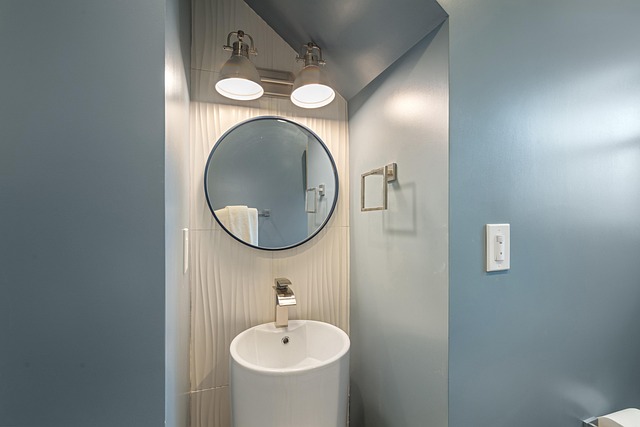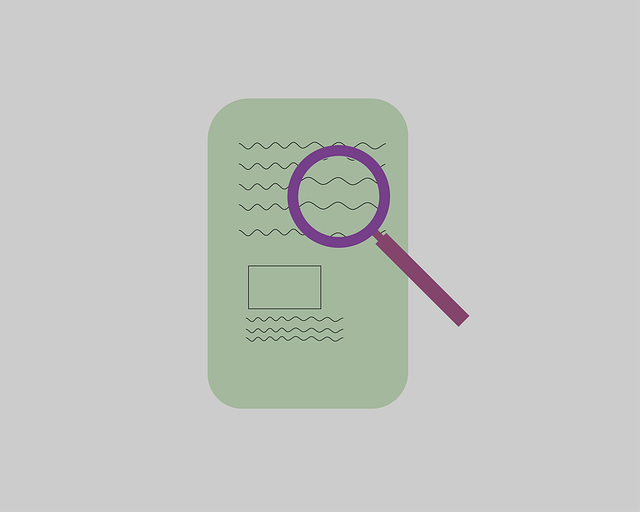In real estate, mold problems significantly impact both property value and health, creating crucial mortgage issues for homeowners and lenders. High humidity areas, water leaks, and poor ventilation foster mold growth, leading to symptoms like coughing and eye irritation. Extensive mold can reduce property value and pose serious health risks, prompting legal and financial consequences. Mortgage lenders have specific policies regarding pre-existing mold, and failure to disclose can lead to loan denials. Home inspections are vital for identifying mold early, mitigating damage, preventing mortgage issues, and shielding against legal complications related to hidden mold dangers.
“Uncovering Common Mold Problems in Real Estate Transactions: A Comprehensive Guide. Mold can pose significant mortgage issues, impacting property value and leading to costly remediation. This article delves into the world of real estate risks, exploring common signs of mold, health hazards, legal implications, and insurance coverage. Learn how home inspections play a crucial role in detection, and discover effective strategies for prevention and remediation to protect both investors and homeowners from mortgage complications.”
- Understanding Mortgage Issues Due to Mold: A Comprehensive Guide
- Common Signs of Mold in Real Estate Properties
- Health Risks Associated with Mold Exposure
- Legal Implications and Insurance Coverage for Mold Damage
- The Role of Home Inspection in Detecting Mold Problems
- Effective Strategies for Mold Prevention and Remediation
Understanding Mortgage Issues Due to Mold: A Comprehensive Guide

Common Signs of Mold in Real Estate Properties

In many real estate transactions, one of the most significant concerns for buyers and investors is the potential presence of mold. Mold can cause substantial damage to properties, leading to costly repairs and even mortgage issues due to its adverse health effects and legal implications. Common signs of mold include visible black or green spots on walls, ceilings, or floors, as well as musty odors that persist despite cleaning efforts. Discolored or peeling paint, warped doors or windows, and damaged insulation are also indicators of a potential mold problem.
Additionally, areas with high humidity, water leaks, or poor ventilation are more susceptible to mold growth. If a property has experienced recent water damage from floods, leaks, or pipe bursts, it’s crucial to inspect these zones thoroughly as they can become breeding grounds for mold. Early detection is essential to mitigate both health risks and financial losses associated with mold-infested properties.
Health Risks Associated with Mold Exposure

Mold exposure can pose significant health risks, especially for individuals with respiratory conditions or compromised immune systems. When mold grows in homes, it releases tiny spores that can be inhaled by occupants, leading to various adverse effects on their well-being. Common symptoms of mold exposure include coughing, sneezing, runny noses, and eye irritation. In more severe cases, prolonged exposure may contribute to the development of allergies, asthma, or even neurological issues.
Given the potential mortgage issues due to mold, it is crucial for homebuyers and real estate professionals alike to be vigilant. The presence of extensive mold growth can significantly reduce a property’s value and pose serious health concerns for future residents. Regular inspections and prompt remediation are essential to mitigate these risks and ensure a safe living environment.
Legal Implications and Insurance Coverage for Mold Damage

In real estate transactions, mold damage can lead to significant legal implications and financial burdens for homeowners and lenders alike. If mold is discovered during an inspection, it’s crucial to understand that many mortgage lenders have specific policies regarding pre-existing mold issues. Failure to disclose known mold problems could result in delayed or denied loan approvals, as well as potential legal repercussions. Homeowners are responsible for maintaining a safe living environment, and neglecting to address mold can be construed as negligence.
Insurance coverage for mold damage varies between policies. Standard homeowners’ insurance typically does not cover the cost of removing mold or repairing resulting damage, especially if the cause was due to poor maintenance or water intrusion from preventable sources. However, some policies may include specific endorsements for mold coverage. It’s essential to review your insurance policy and understand what is covered, especially in regions prone to high humidity or frequent rainfall, where mold growth is more prevalent. Being proactive about mold prevention and addressing any issues promptly can help avoid potential mortgage issues due to mold and protect against unforeseen legal and financial consequences.
The Role of Home Inspection in Detecting Mold Problems

A home inspection is an invaluable tool in real estate transactions, especially when it comes to identifying potential mold problems. These detailed assessments are designed to uncover any issues within a property that could impact its value or safety. During an inspection, professionals thoroughly examine various areas of the house, including basements, attics, and bathrooms—common hotspots for mold growth due to high humidity. They look for visible signs like discolored spots on walls or ceilings, which might indicate mold presence. Moreover, inspectors use specialized tools to detect moisture levels in hard-to-reach places, as elevated humidity is a primary driver of mold growth.
By identifying these issues early, home buyers and sellers can avoid mortgage problems associated with mold. Promptly addressing mold concerns not only prevents further damage but also reduces the risk of costly repairs and legal issues down the line. It’s crucial to remember that a comprehensive inspection can reveal hidden mold problems, ensuring transparency in real estate transactions and safeguarding against potential financial losses related to this hidden danger.
Effective Strategies for Mold Prevention and Remediation

Effective Strategies for Mold Prevention and Remediation
One of the most effective ways to avoid mortgage issues due to mold is proactive prevention. This includes regular inspection of properties, especially in damp or humid areas, as mold thrives in such environments. Maintaining proper ventilation and humidity levels is crucial. Homeowners should ensure adequate airflow in bathrooms, kitchens, and other high-moisture zones by using exhaust fans and ensuring windows are properly sealed. Regular cleaning with mild detergents can also deter mold growth.
For properties already affected by mold, swift remediation is key to preventing further damage and potential health risks. The first step is to identify the source of moisture and address it immediately. This might involve repairs to leaky pipes, improved drainage around the foundation, or increased ventilation. Next, thoroughly clean and disinfect the affected areas using EPA-approved antifungal solutions. Discard any porous materials that cannot be effectively cleaned and dried, as they may need to be replaced to avoid recurring mold issues.














